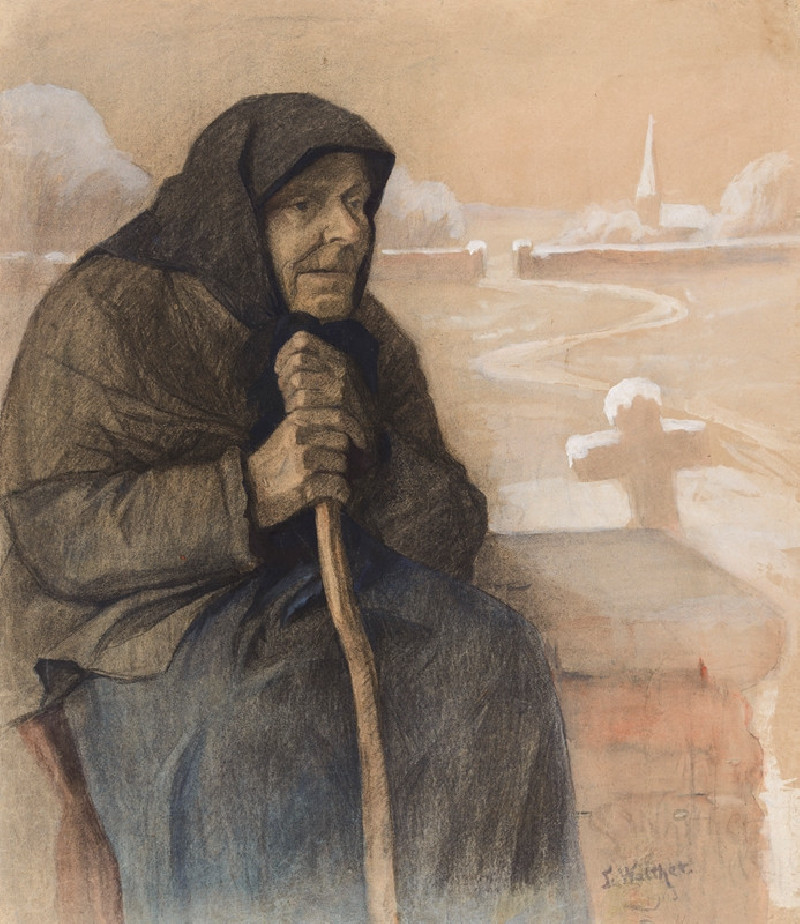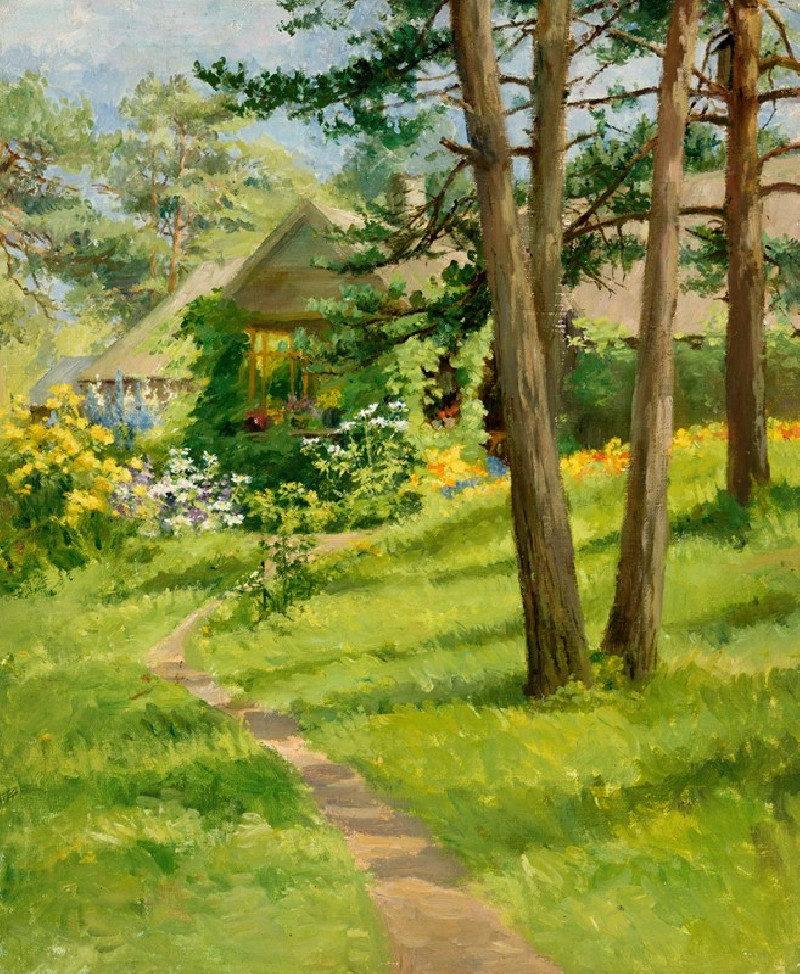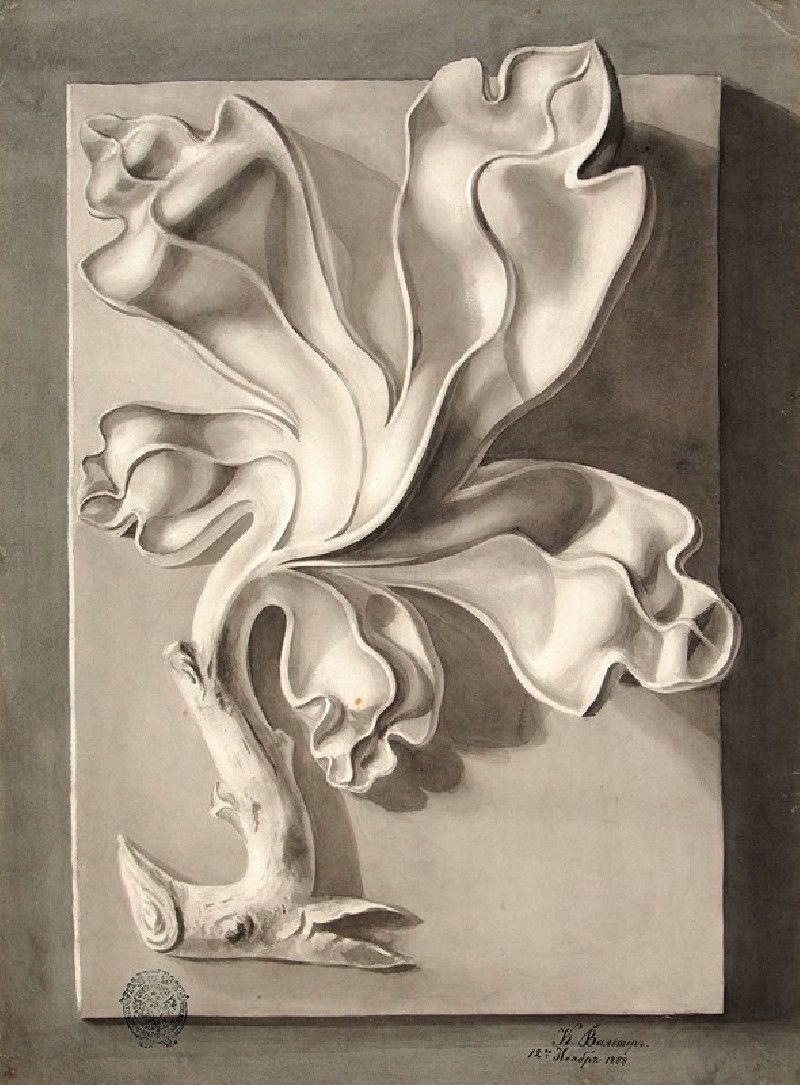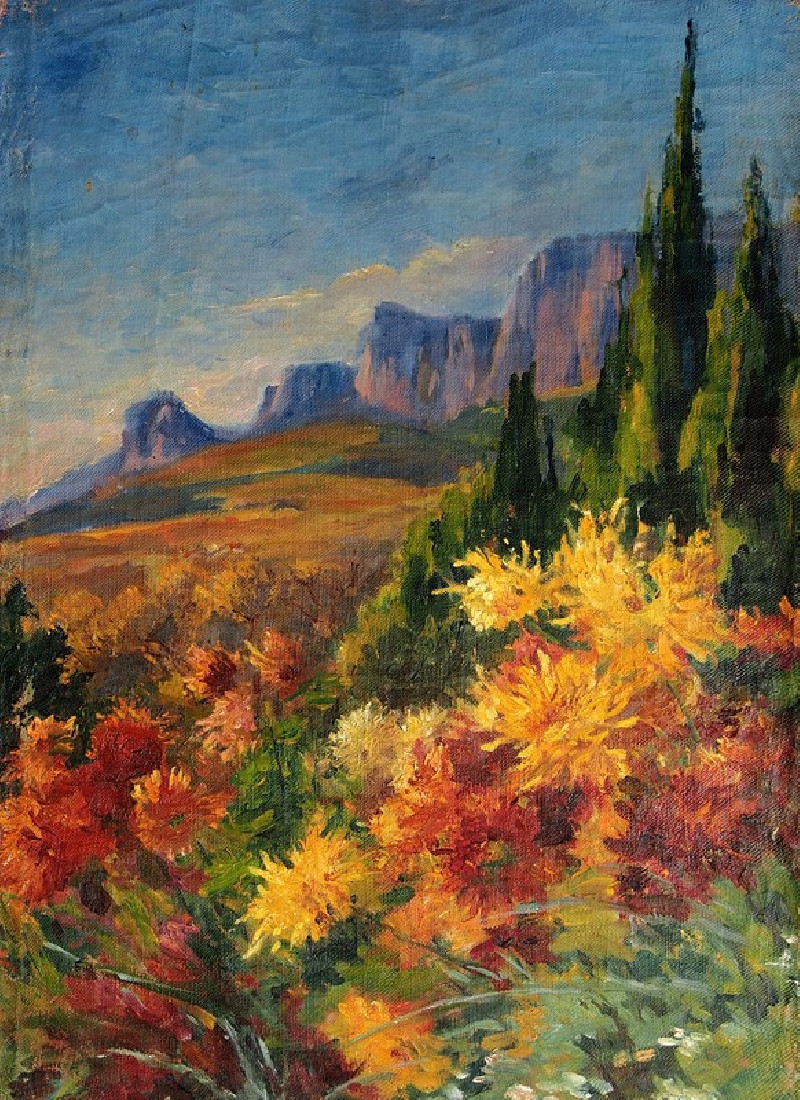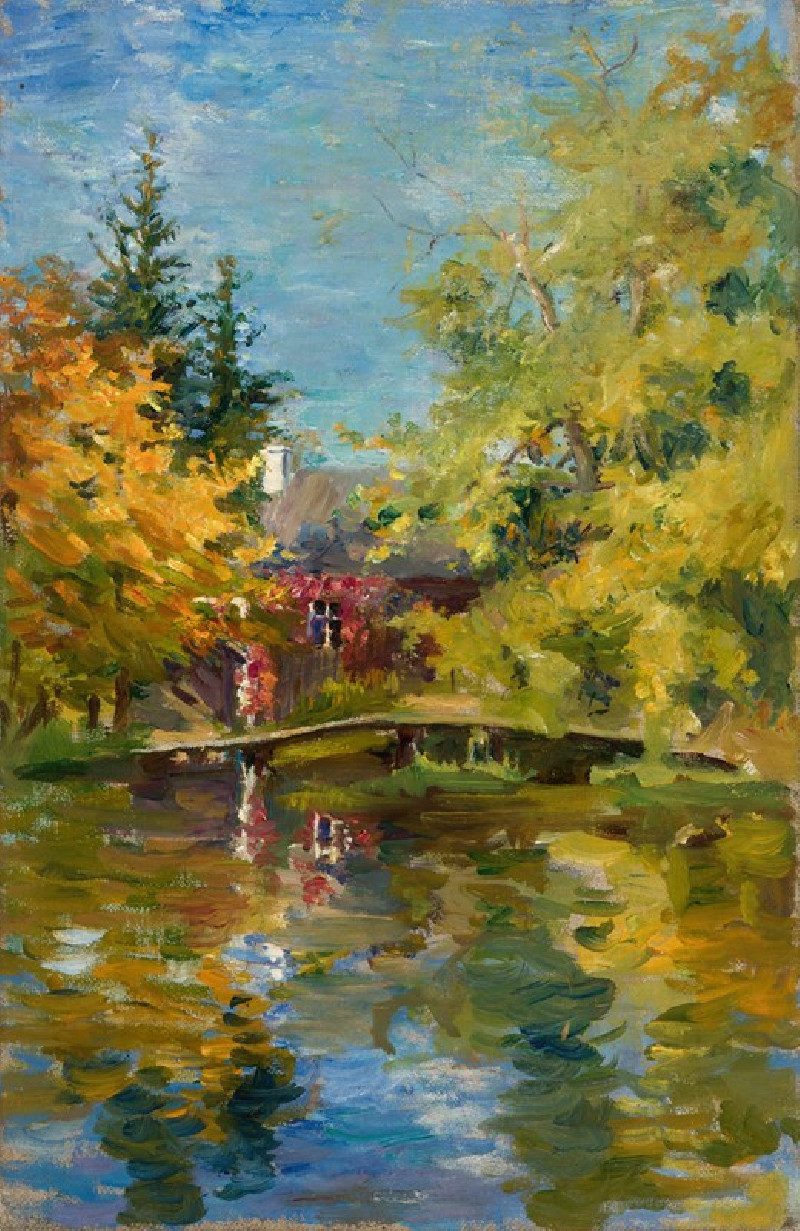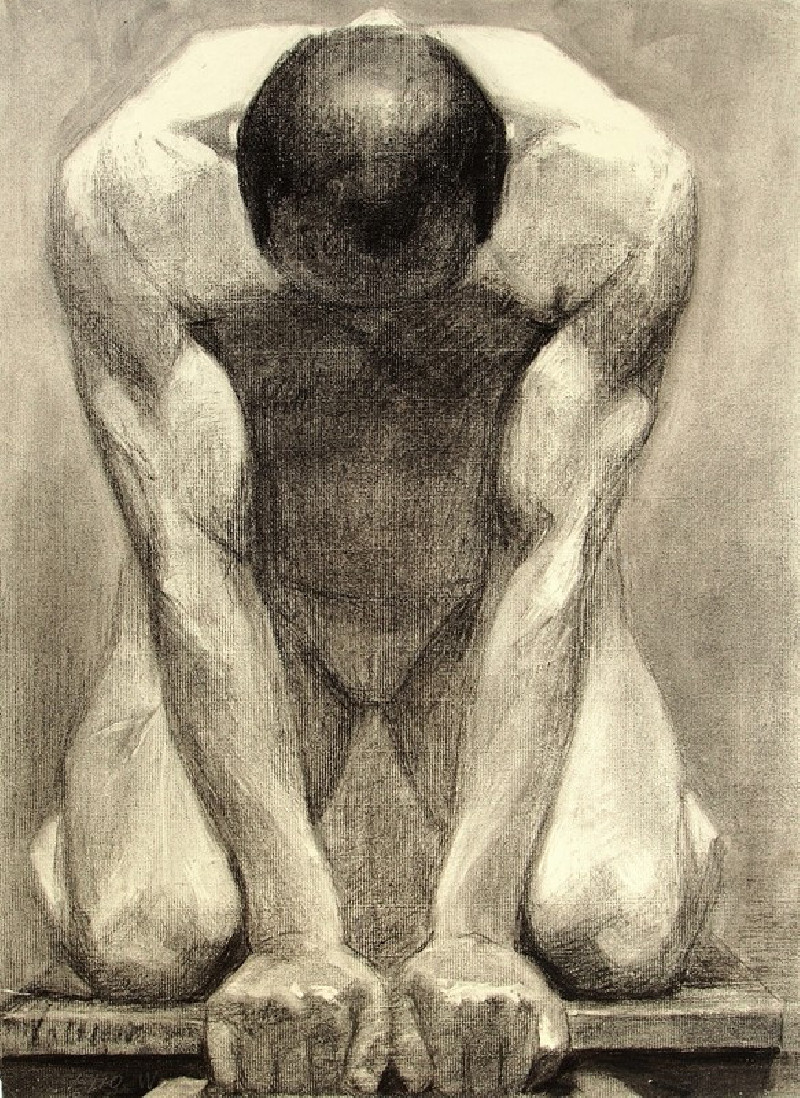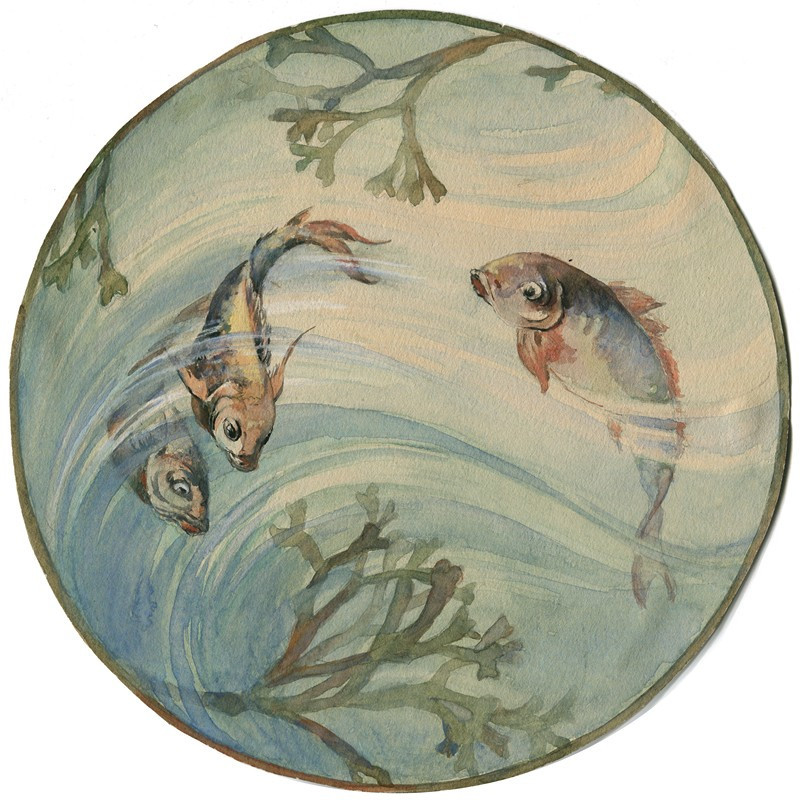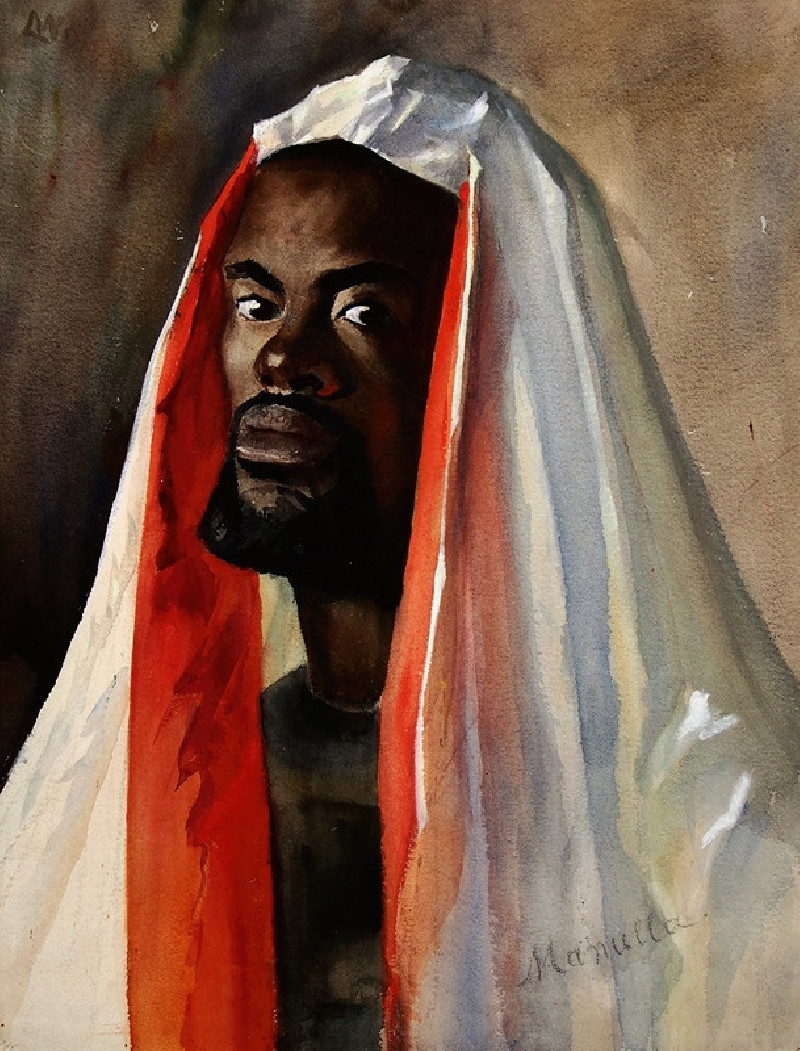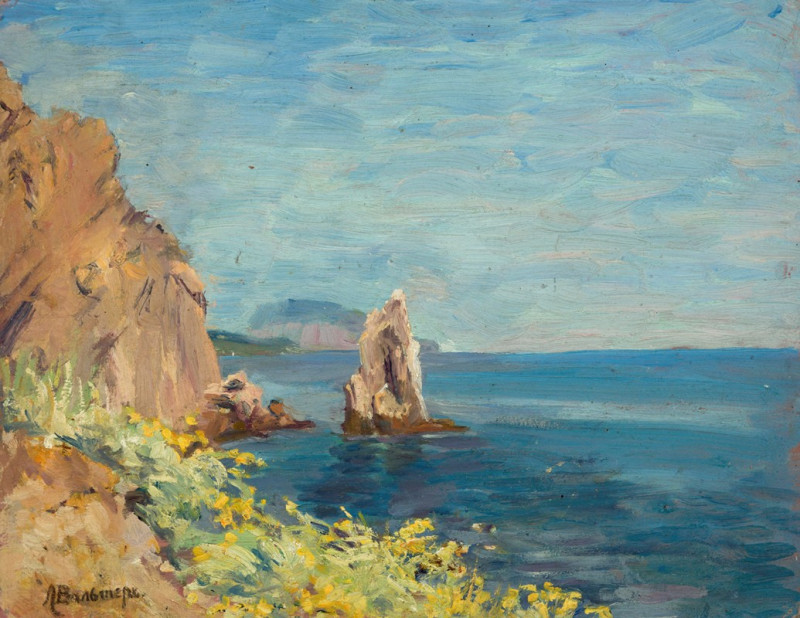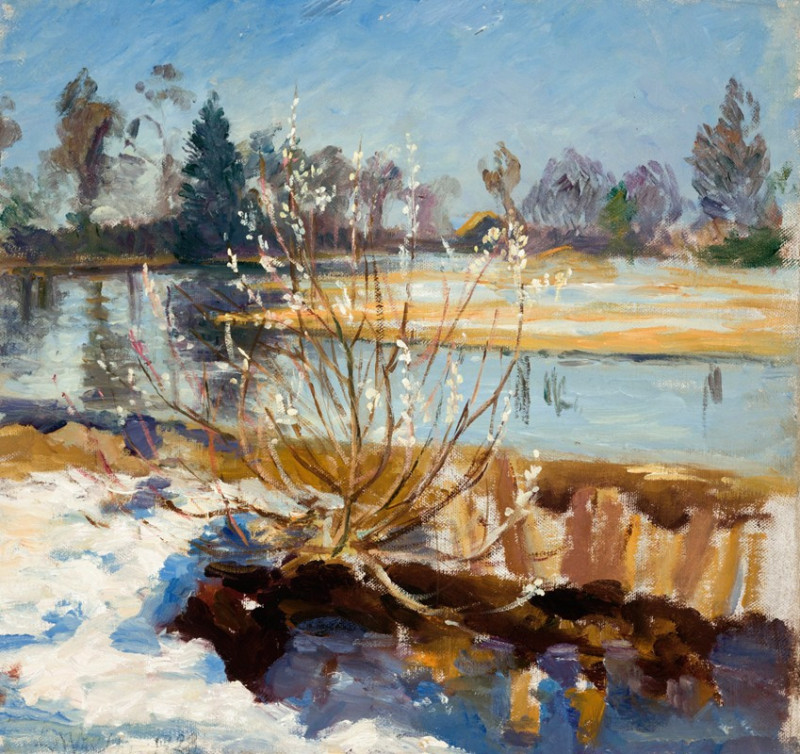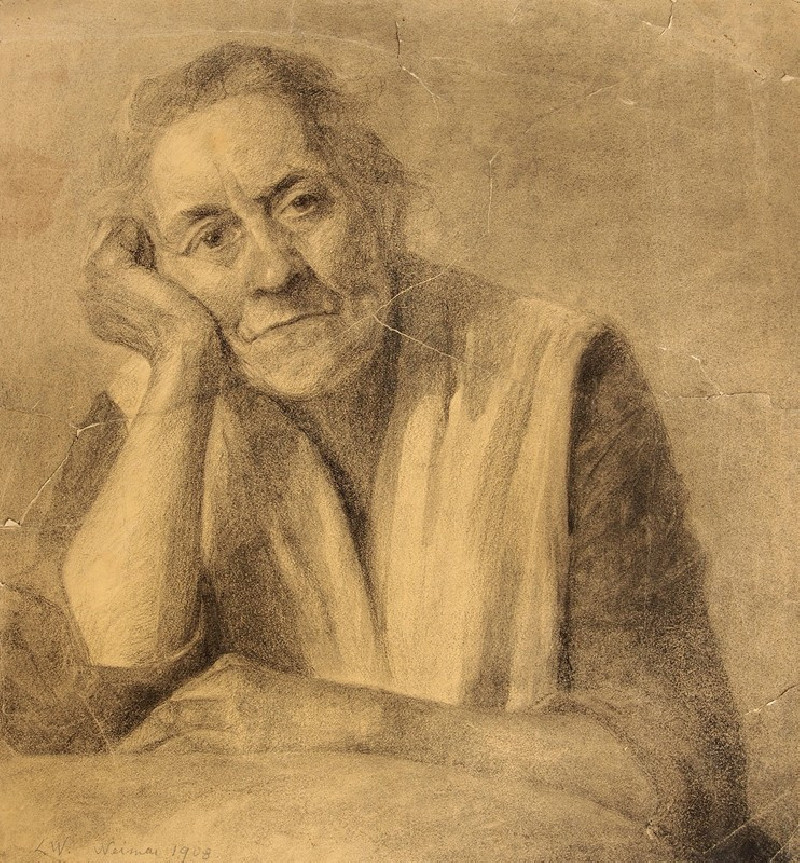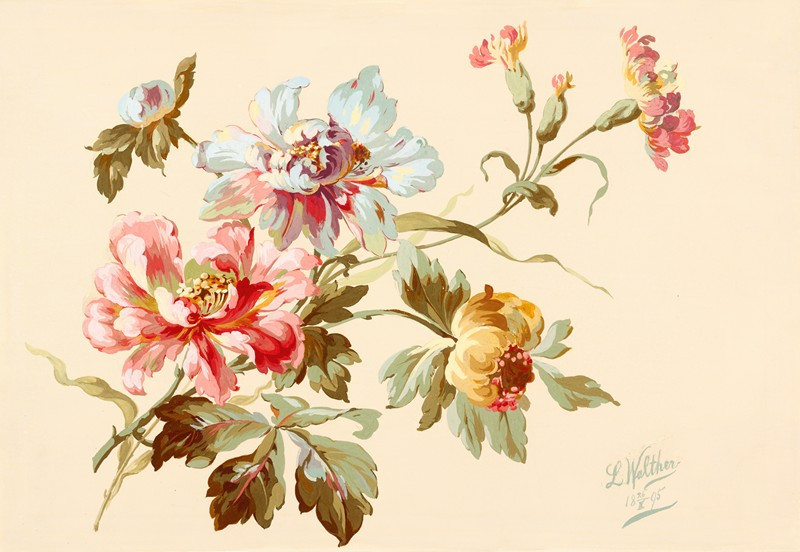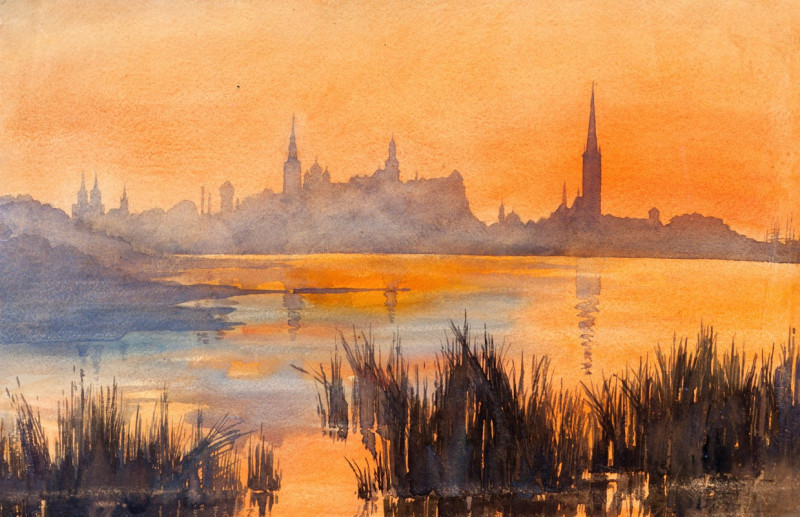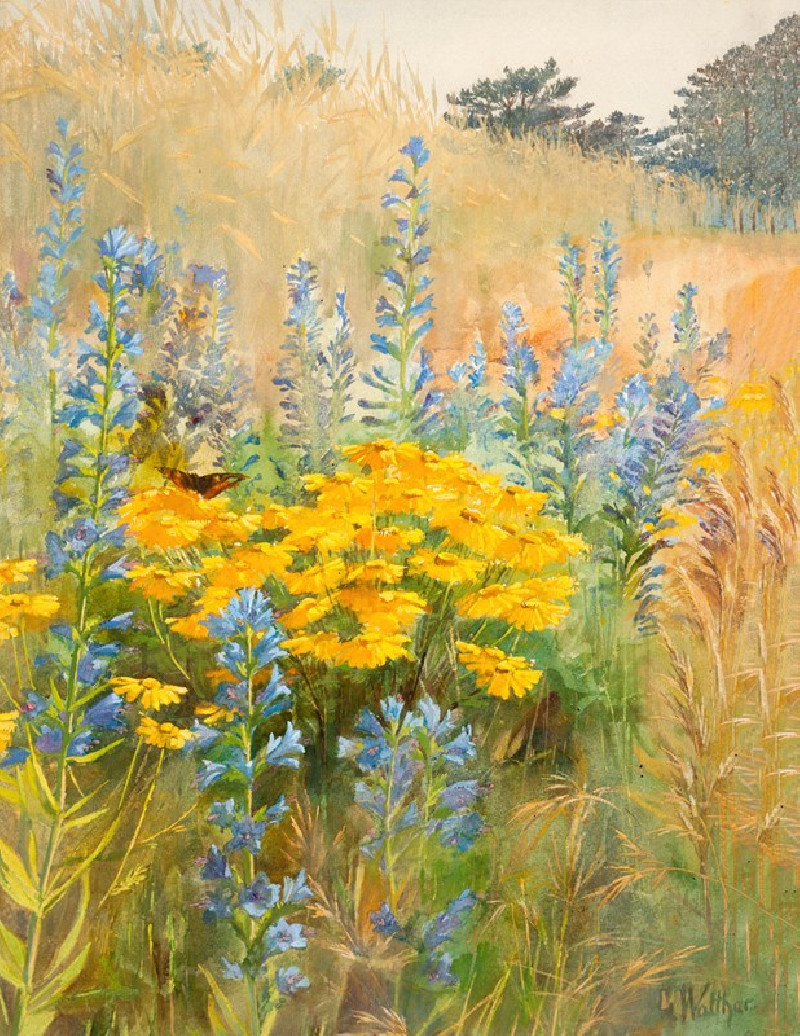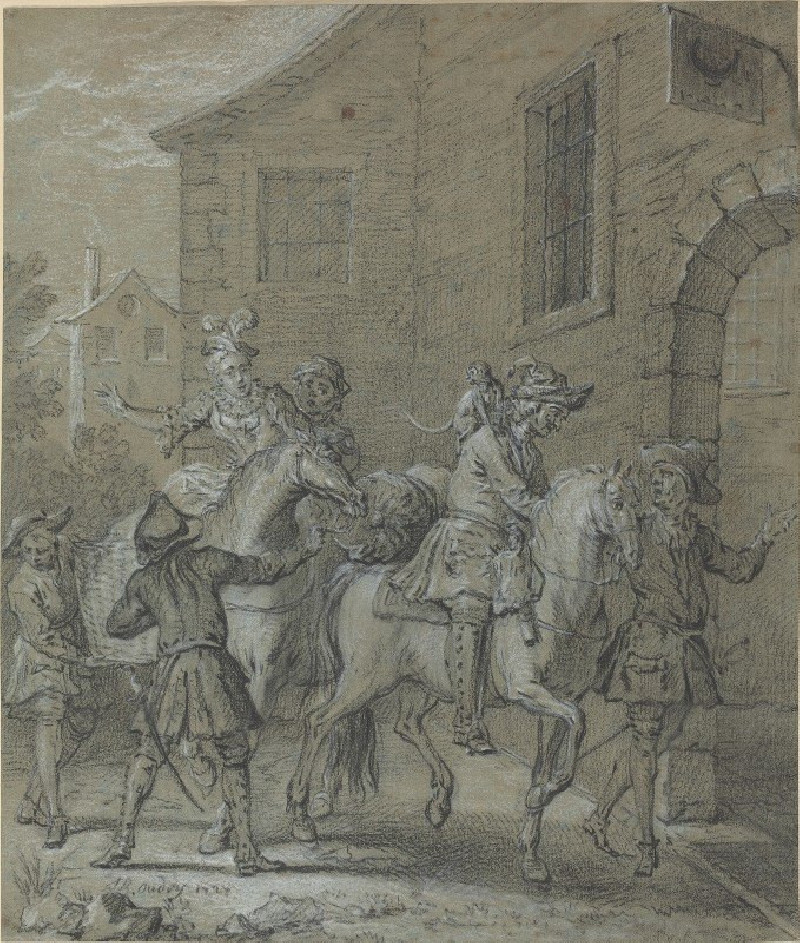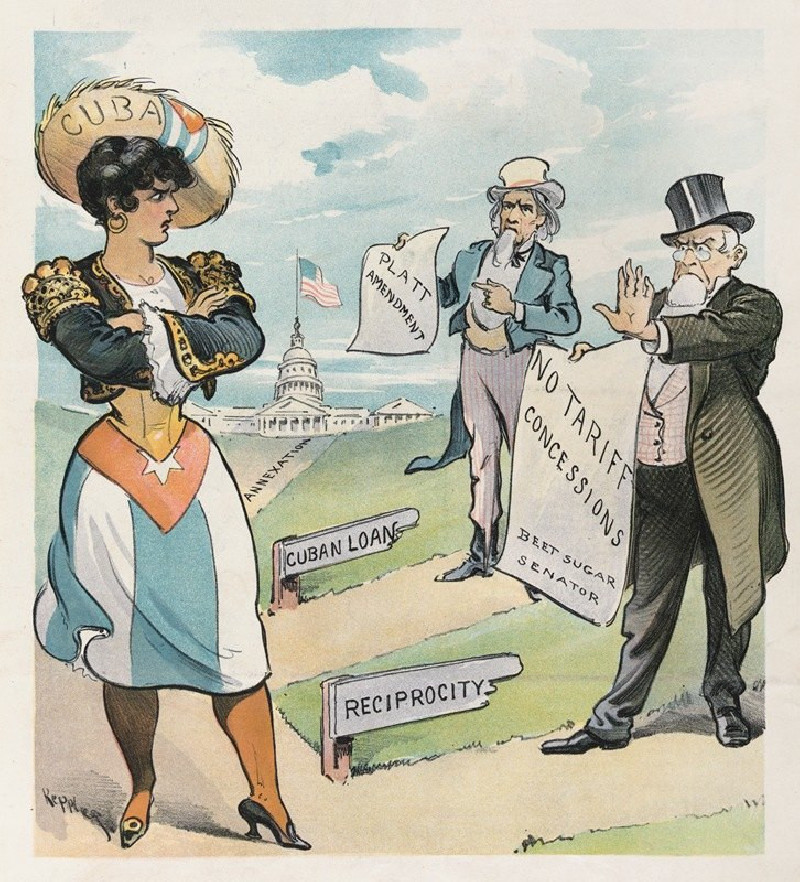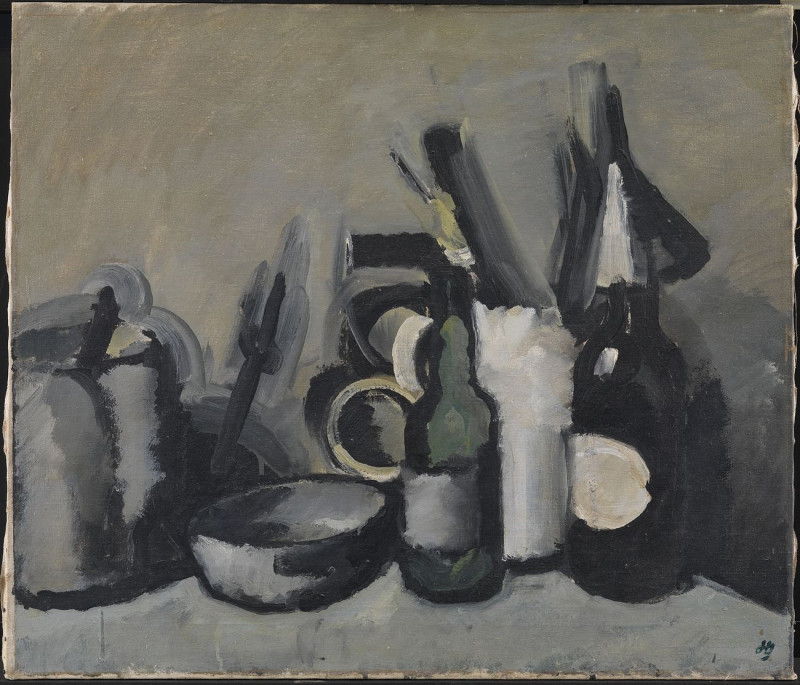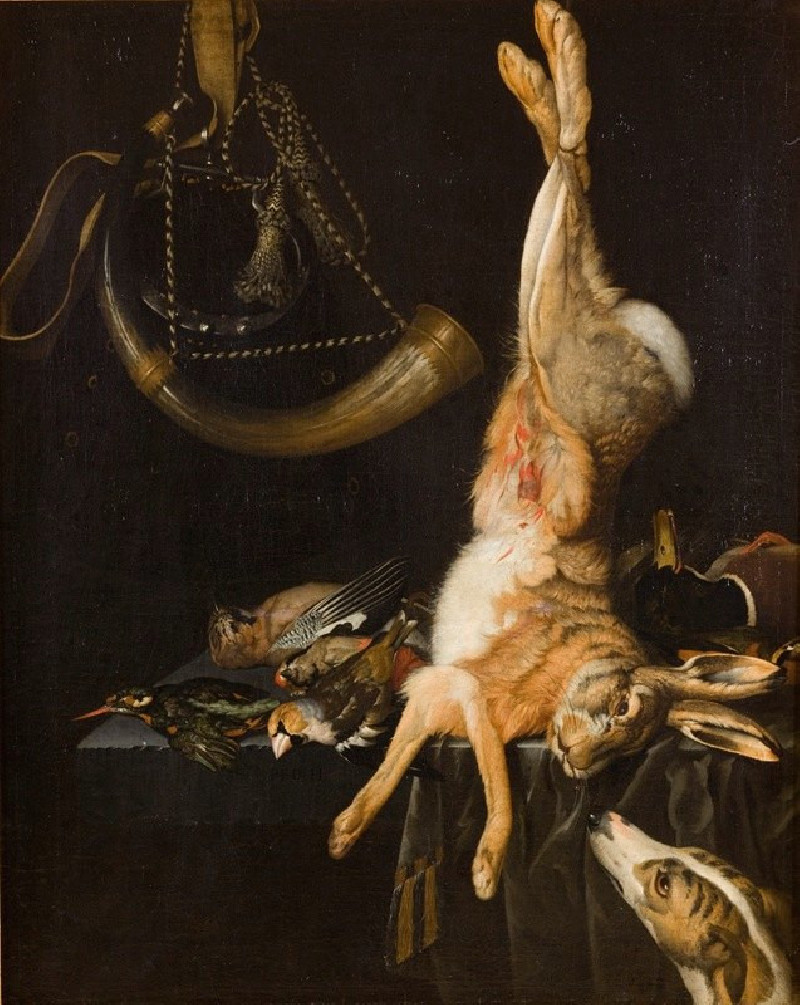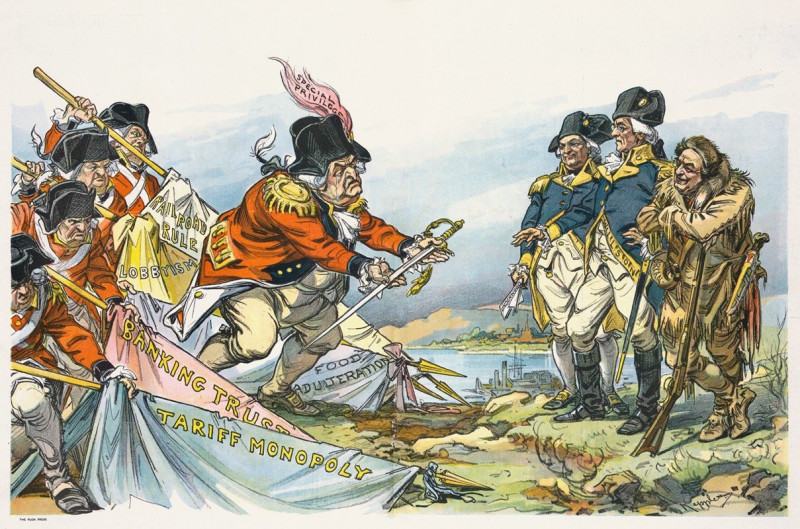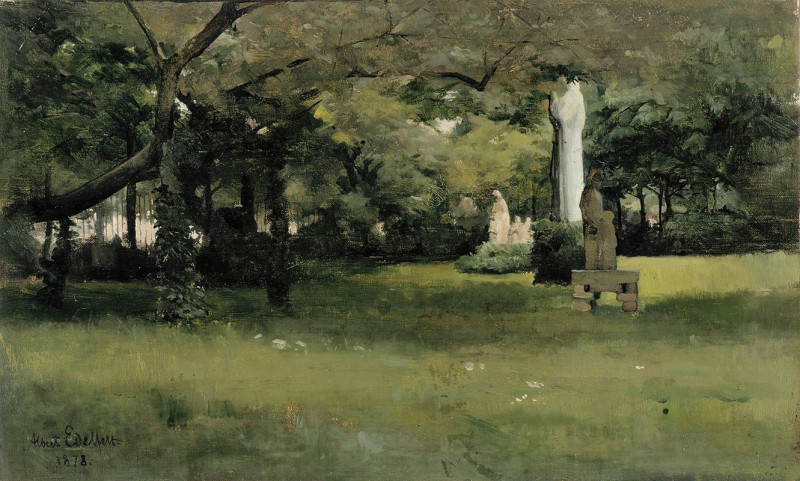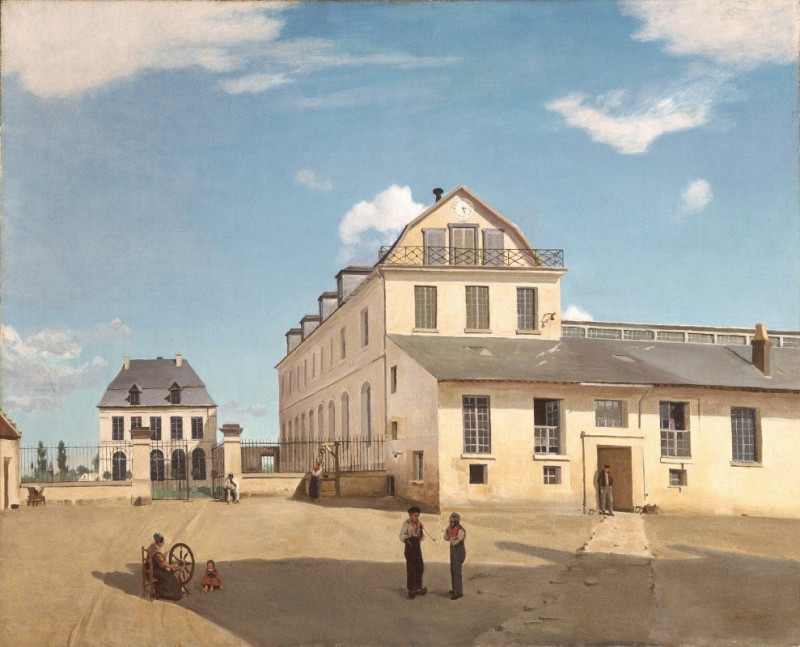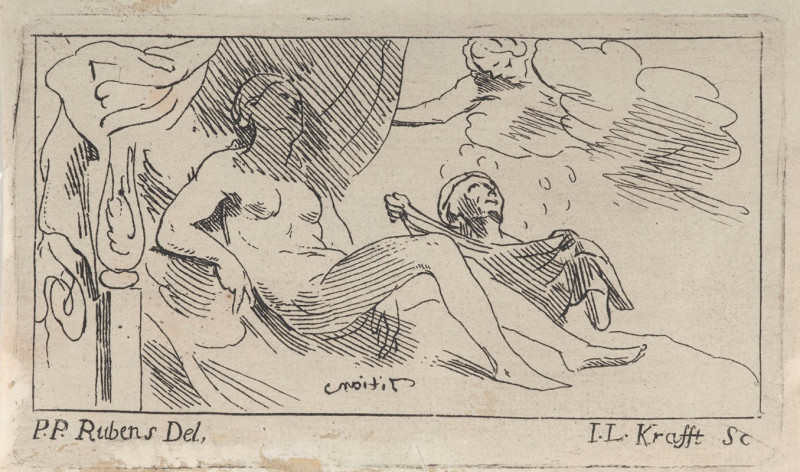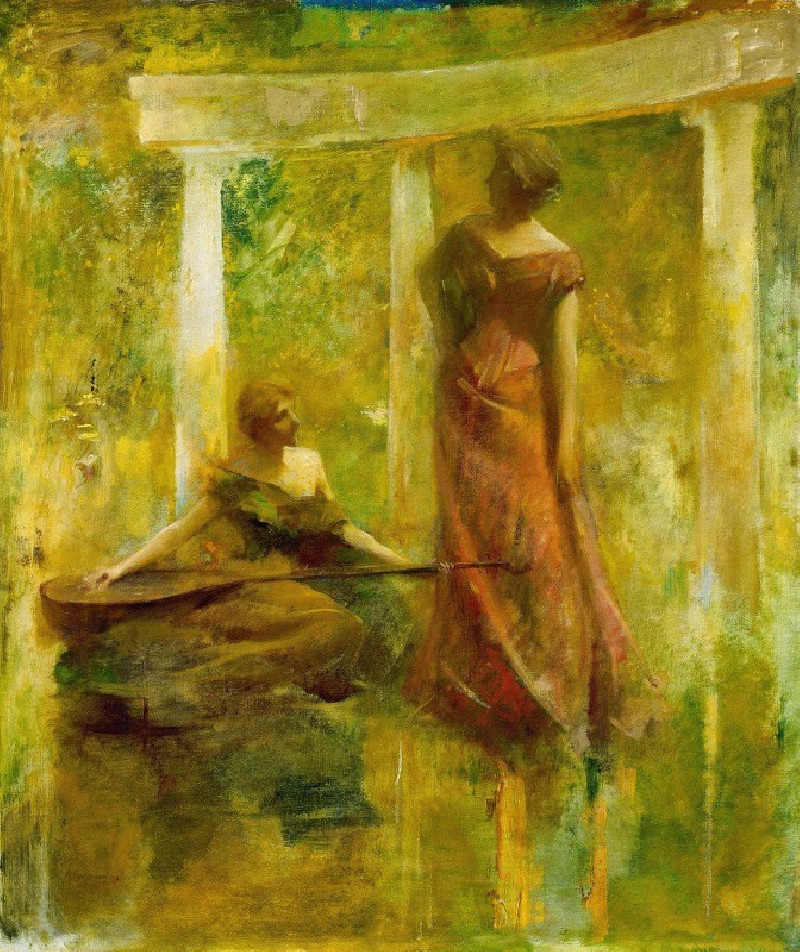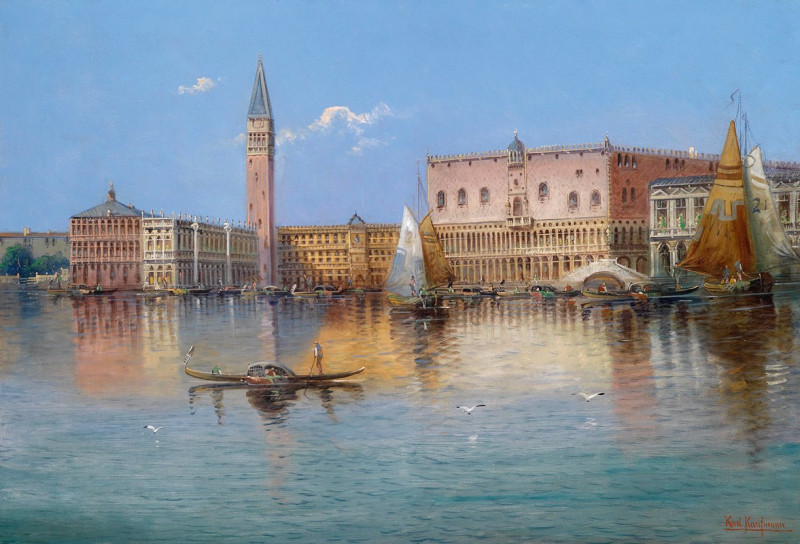Vananaine kepiga (1903)
Technique: Giclée quality print
Recommended by our customers
More about this artwork
Lilly Walther's evocative painting "Vananaine kepiga," translated literally as "Old Woman with a Cane," captures a serene yet poignant moment in the life of an elderly woman. Created in 1903, this artwork is a profound expression of age, solitude, and the passage of time.The painting features an elderly woman seated outdoors, her gaze introspective and somber. Swathed in warm, earthy tones, she is adorned in a traditional cloak and hood that shield her from the unseen chill in the air. Her hands, weathered by many years, clasp a sturdy walking stick, suggesting her reliance on it for support. The muted colors and soft, sketch-like quality of the lines evoke a sense of frailty and fleeting moments.Behind her, the background reveals a gently winding path leading towards a distant church, visible by its sharp spire piercing the soft skyline. The path, likely symbolic of the woman's own life journey, adds a layer of depth to the portrayal, inviting viewers to reflect on the paths they themselves tread.Walther's choice of a simple yet compelling subject allows the viewer to engage with universal themes of aging and contemplation. Each brushstroke and color choice in "Vananaine kepiga" works harmoniously to conjure a story of life's quiet dignity and the silent strength found in stillness.This piece not only highlights Walther's skill in capturing human emotion and the subtle interplay of light and shadow, but also respects the profound simplicity that often accompanies the later stages of life.
Delivery
Returns
Lilly (Caroline Auguste Bertha) Walther (Valter) was a Baltic German artist and restorer.
She mostly Created flower and landscape pictures, still lifes and portraits (both oil paintings and watercolors ). The artist's ability to capture character is manifested primarily in drawings depicting children and portraits of Estonian peasants. SHe also worked in the field of ceramics and leather and textile art. In 1905 she participated in the design of the art salon of the Kluge & Ströhm bookstore in Tallinn.

